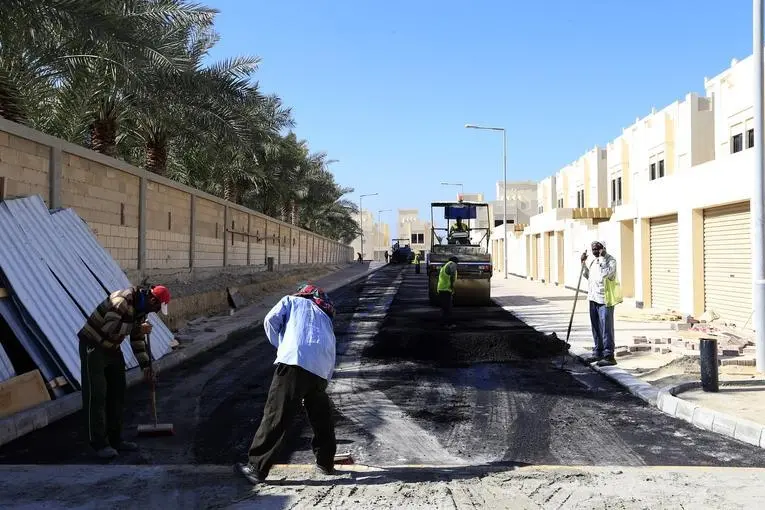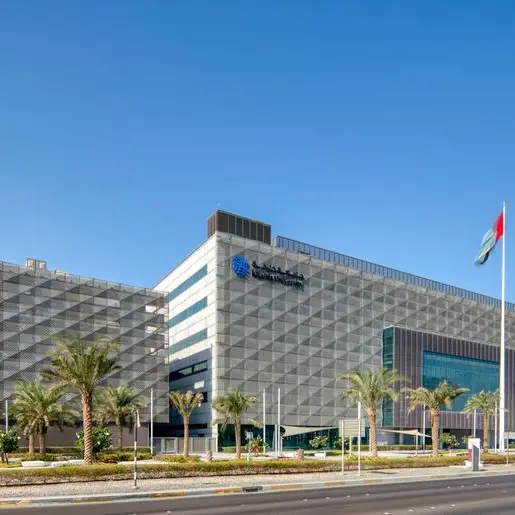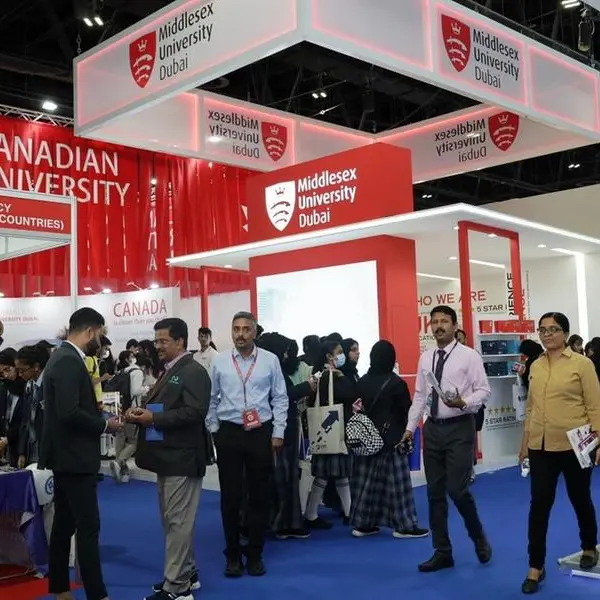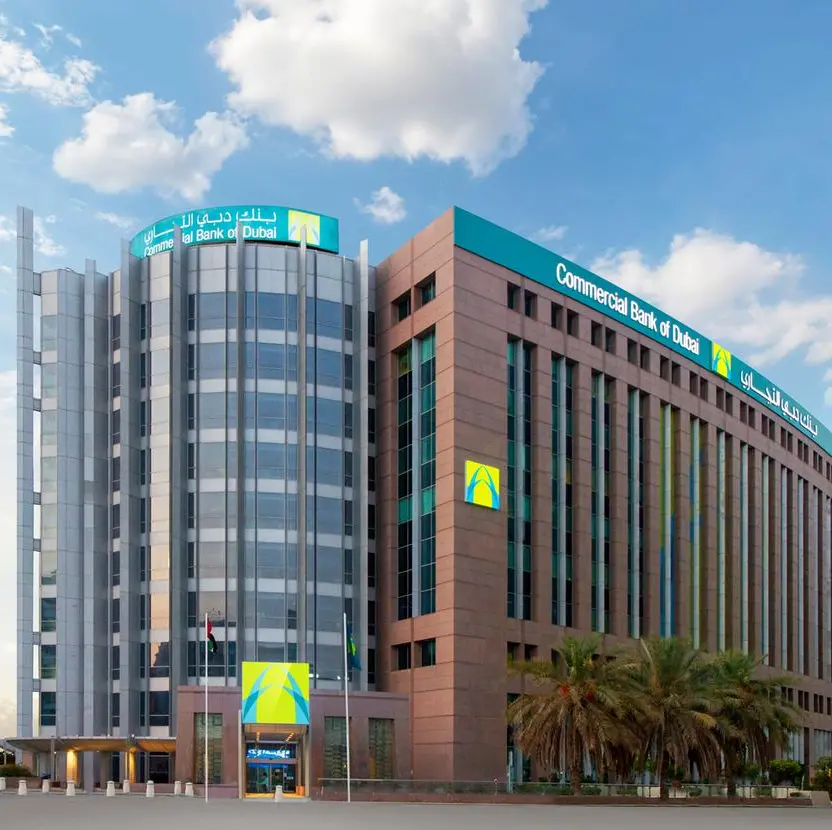PHOTO
An expanded bus network and a new light rail project are set to improve traffic conditions in Bahrain, while a planned second causeway to the Arabian peninsula should help ease regional freight transport over the long term.
The Ministry of Transport and Telecommunications (MTT) has already expanded the reach of its public transport system to 77% of the population by expanding routes across the country and adding new buses.
Ridership on the riseThe number of people in Bahrain opting to travel by public transport is on the rise, according to the MTT, with the Bahrain Public Transport Company's bus service averaging more than 30,000 passenger trips per day in February, up from 23,000 in August. On April 8 ridership was recorded at 53,000 trips.
Increased ridership has been driven in large part by the amenities offered aboard the new buses, including free Wi-Fi and the smart ticketing system launched in August.
A planned light-rail development is also expected to boost uptake of public transit in the coming years.
In late March the authorities announced that plans for the initial phase of Bahrain's light rail network had been initiated, paving the way for work to begin on the network's first 17 stations.
The stations are to be connected to footbridges and bus stops in locations such as the Seef District, City Centre Bahrain, Bahrain Financial Harbour, Bahrain Bay and Bahrain International Airport, media reported.
The first phase, to cover 25 km and accommodate between 8000 and 10,000 passengers per hour in each direction, forms part of a larger project serving the country's main business and residential centres.
Stretching over 105 km, the four-line network is projected to reduce traffic on the country's roads and provide better linkages with other transport grids, according to Mariam Jumaan, the undersecretary for land transportation and post at the MTT.
Jumaan told participants at a conference in March that the authorities would be looking to make the best use of space on the small island state.
"No final decision is taken yet, but we are looking at elevated construction with minimal land requirement and restrictions in urban areas," she said.
Unlocking regional flowsThe kingdom's external transport projects are also progressing. In mid-February the Bahraini authorities announced plans for a major expansion of the Customs facilities at the King Fahd Causeway linking Bahrain and Saudi Arabia, scheduled to begin later this year.
The project is set to double capacity on Bahrain's only terrestrial connection with the Arabian peninsula by increasing the number of Customs and immigration lanes from 17 to 45.
Inaugurated in 1986, the causeway is Bahrain's most strategically important international link. According to government data, more than 85% of all visitors entering the country in mid-March did so via the link. Around 29,000 vehicles on average travel across the 25-km causeway each day, carrying approximately 65,000 passengers.
Better traffic flow on the causeway would sit well with Bahrain's business community, which has cited delays as a major source of disruption to the flow of both materials and finished products.
Second causeway in the worksThe addition of a second causeway to the north of the existing link could also yield dividends for Bahraini businesses.
The planned $3bn King Hamad Causeway will comprise both a roadway and mixed-traffic standard-gauge railway, set to tie in with the wider GCC regional rail network currently under development.
Scheduled for completion in 2023, the rail connection through the causeway will terminate at Salmabad, where an international passenger traffic terminal will provide quick and efficient serve to Dammam, Riyadh and beyond. There will also be an intermodal and freight terminal, which will cater to the needs of the logistics industry. In the next phase, the railway is set to link to Khalifa Bin Salman Port and Bahrain International Airport.
A rail link with Saudi Arabia could have a significant impact on improving freight flow. MTT has said it expects approximately 36% of freight and 6% of passenger vehicle traffic to shift from road to rail once the causeway is operational.
The link is expected to carry an estimated 143,000 containers in its first year of operations, scaling up to 343,000 per annum by 2030 and 602,000 by 2050.
However, the planned connection of the causeway rail link to the regional grid could feel the weight of further delays to the GCC railway network, which is currently running behind schedule.
A centrepiece of Bahrain's plans to integrate transport, the regional rail project is scheduled for completion in 2018, though stakeholders suggest this timetable has grown increasingly unlikely.
"We know that 2018 is not realistic," Abdulla Al Nuaimi, minister of infrastructure development for the UAE, told press in February.
The ministers of transport from the six GCC countries involved in the project are expected to meet later this year, according to media reports, which could see a new timeline adopted.
While further delays could be ahead, the eventual benefits of Bahrain's domestic transport initiatives should be significant, improving traffic conditions and facilitating freight trans-shipment.
© Oxford Business Group 2016












